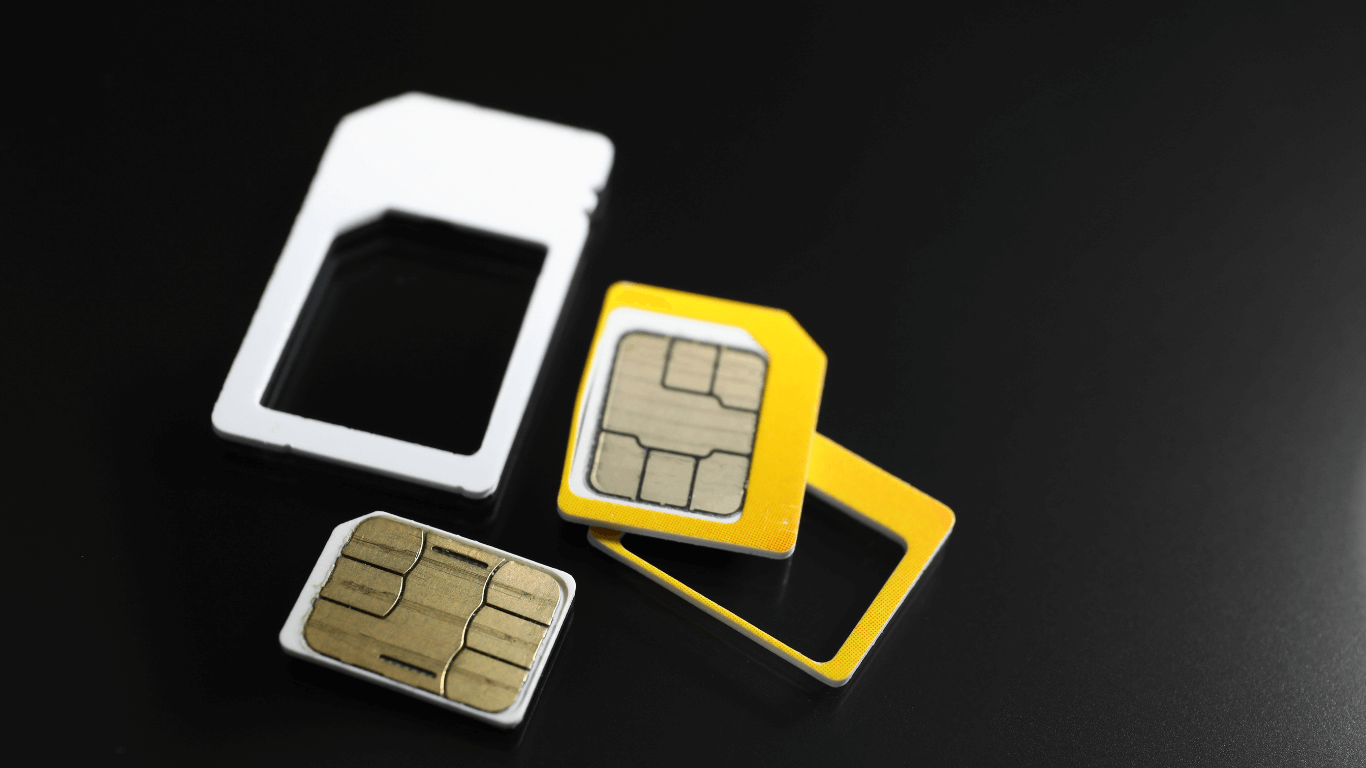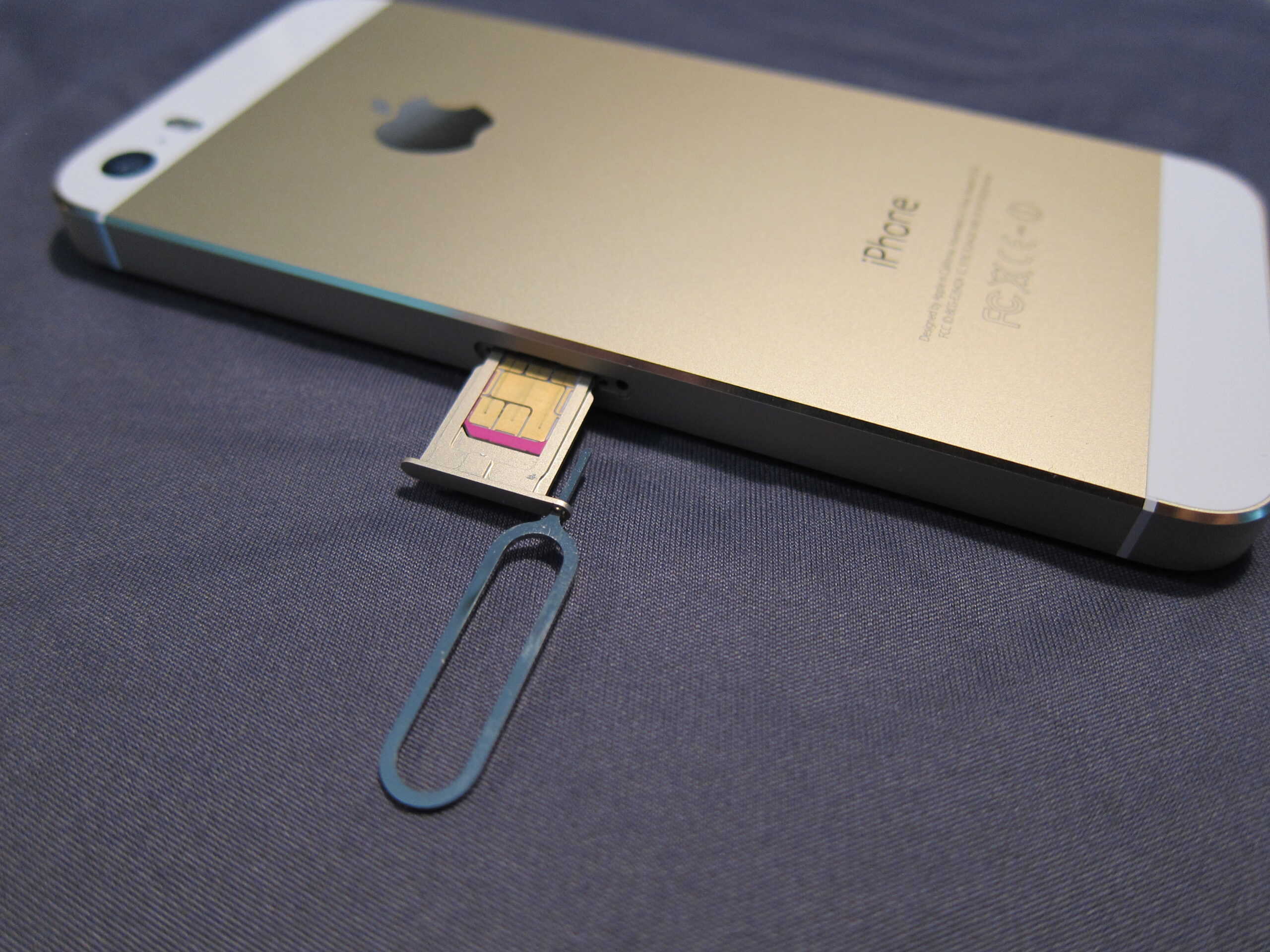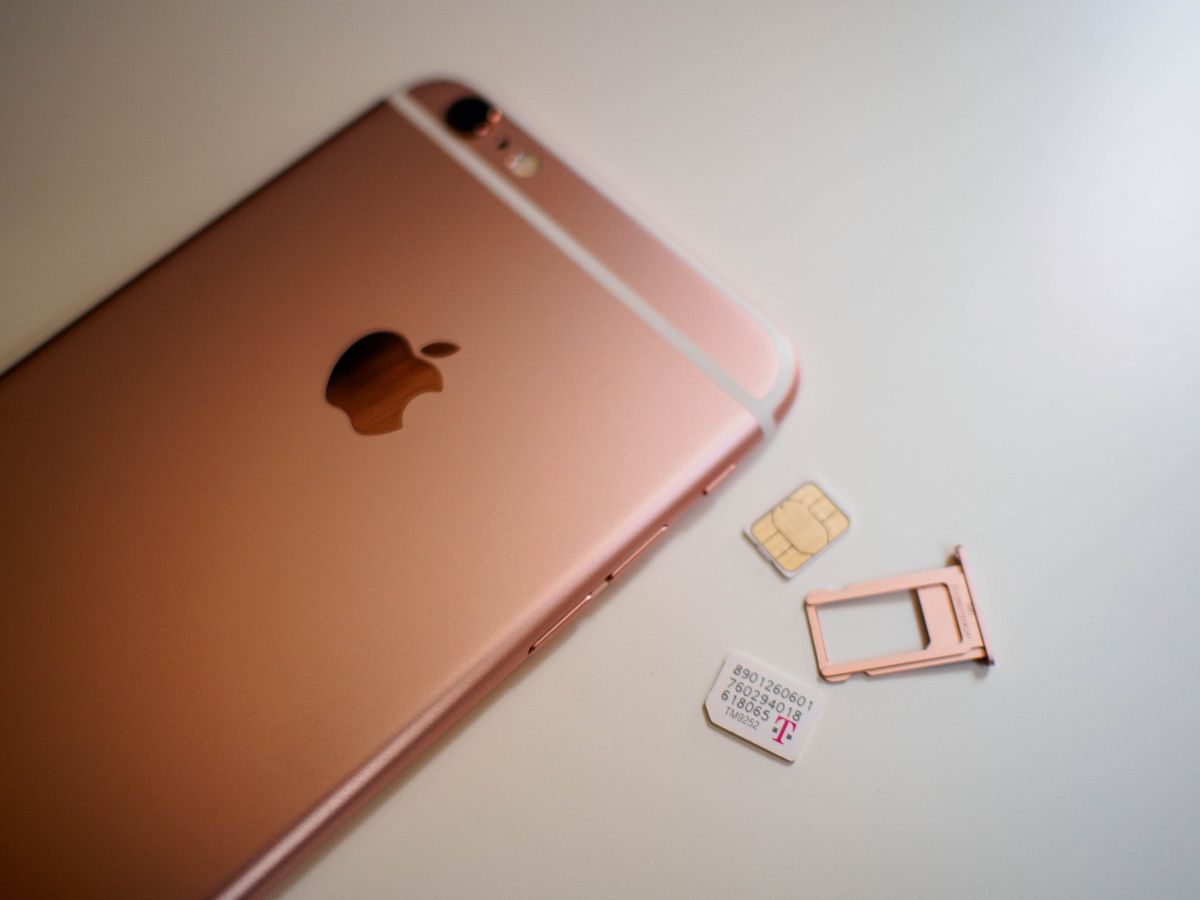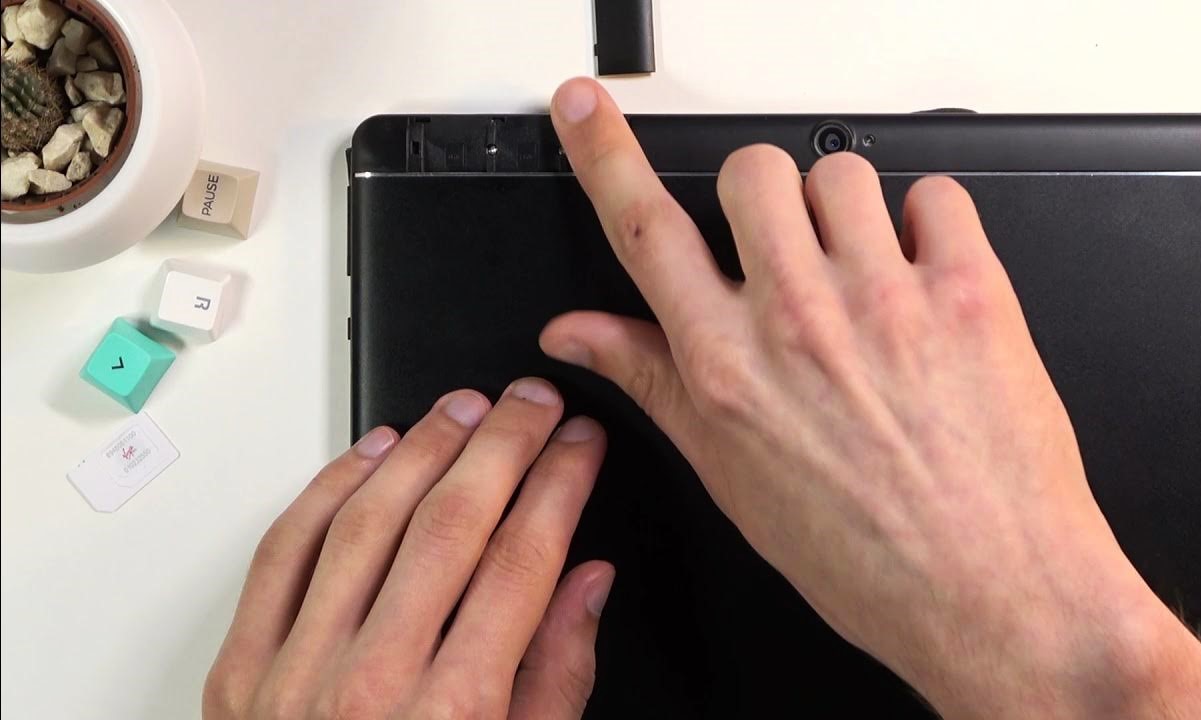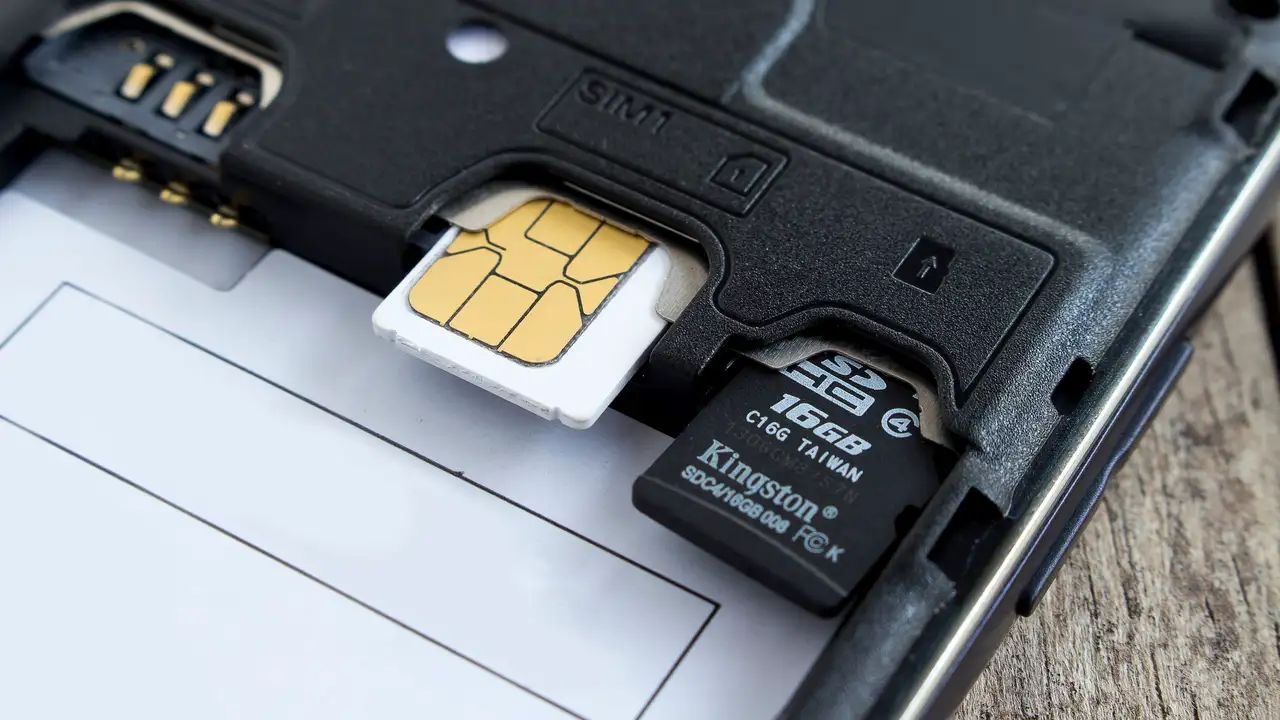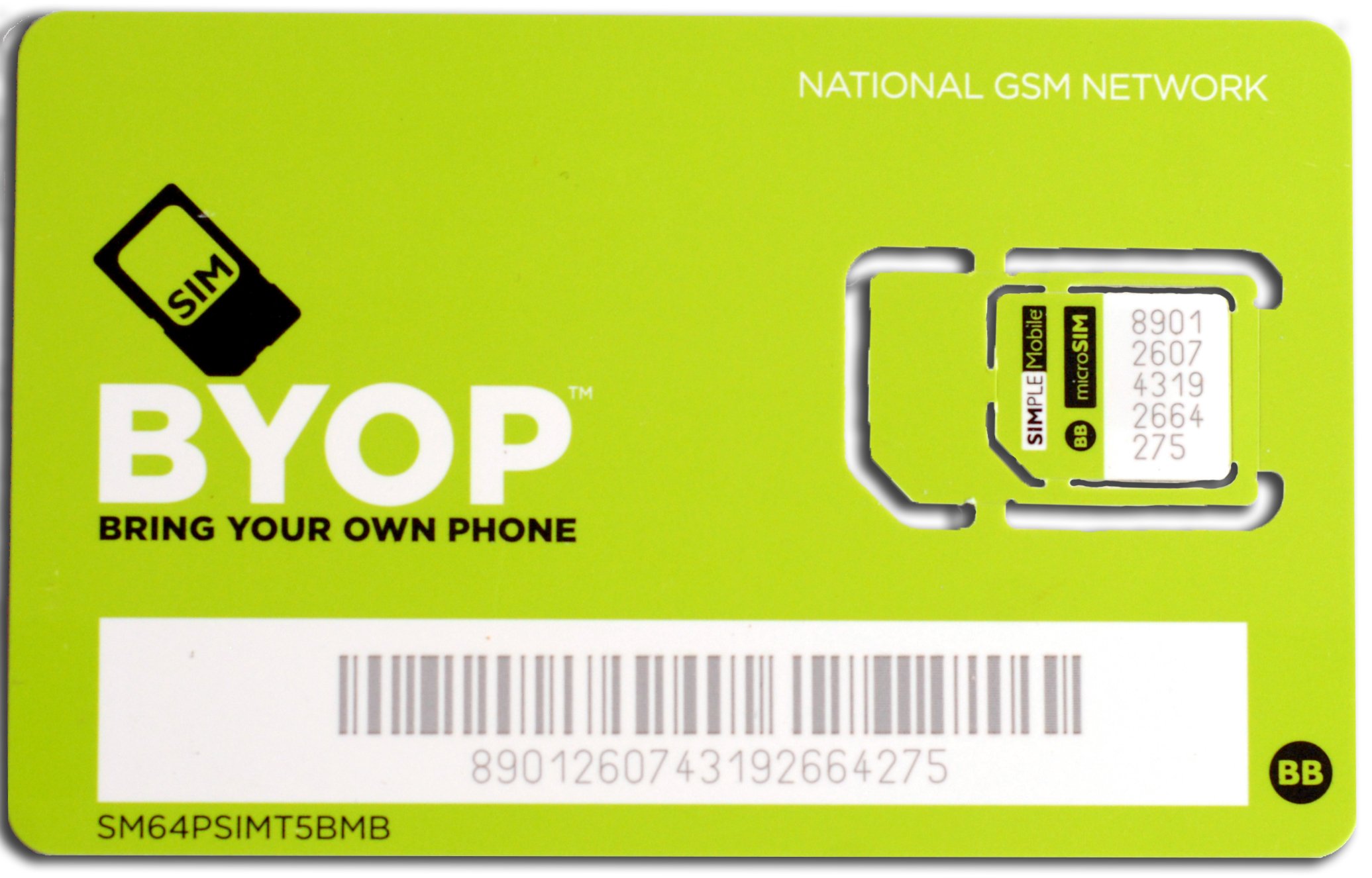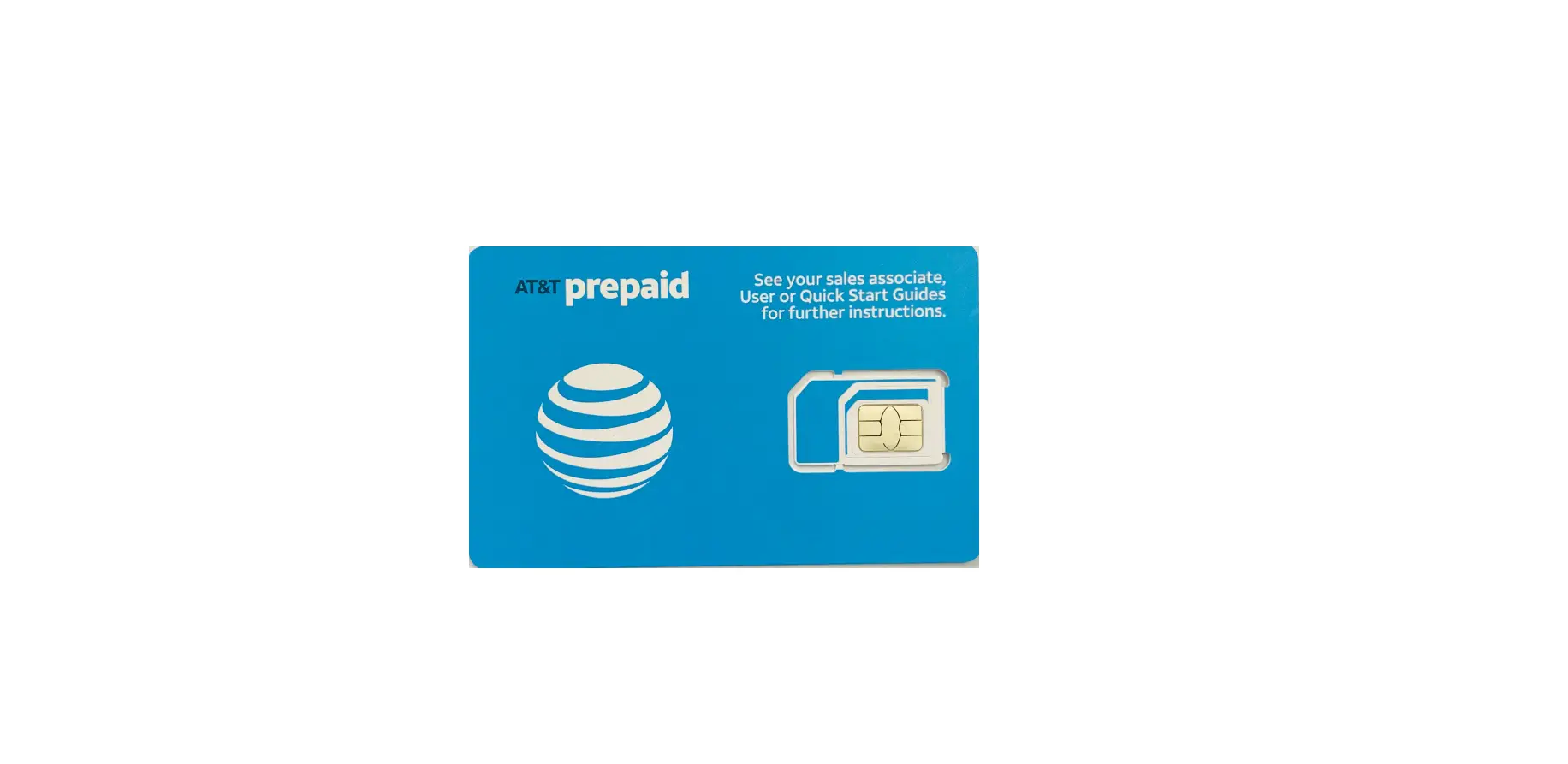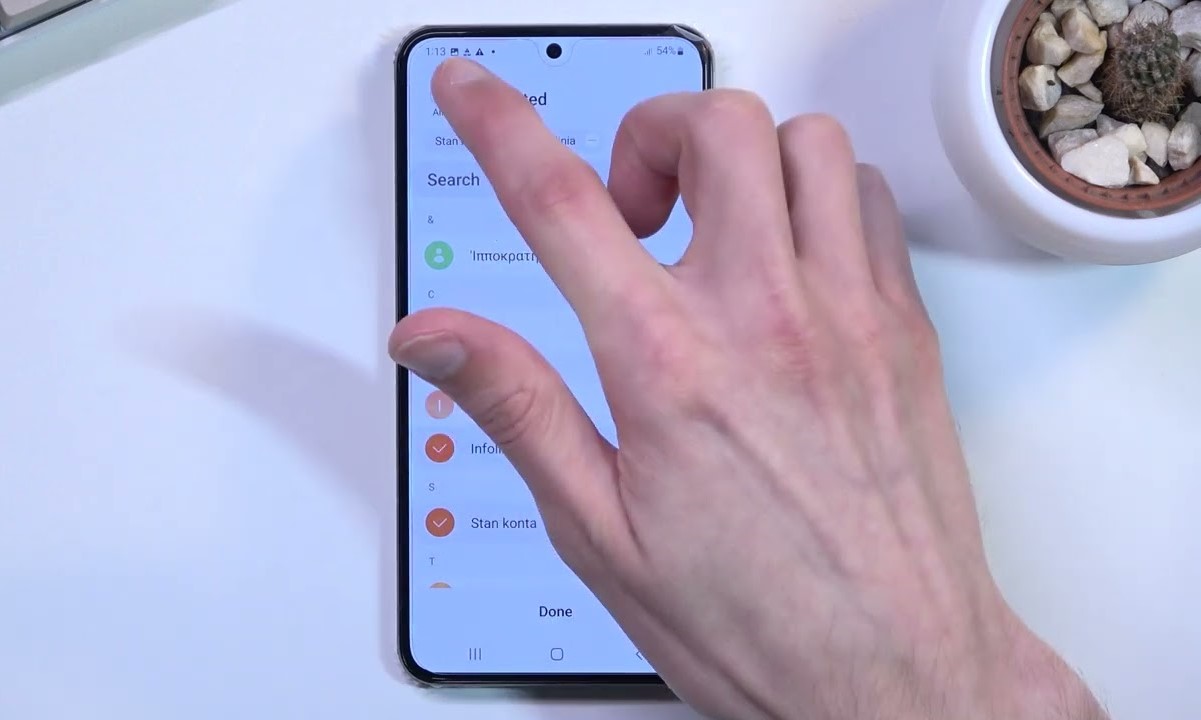Introduction
In today's fast-paced digital age, mobile devices have become an indispensable part of our daily lives. Whether it's a smartphone, tablet, or wearable device, the ability to stay connected on the go has revolutionized the way we communicate, work, and entertain ourselves. At the heart of this connectivity lies the Subscriber Identity Module (SIM) card, a small but mighty component that enables our devices to access cellular networks and make calls, send messages, and access the internet.
As technology continues to evolve, so do the types of SIM cards available in the market. From the standard SIM card to the more compact micro and nano SIM cards, understanding the differences between these variants is crucial for ensuring compatibility with your device. Identifying the type of SIM card your device requires can save you from the hassle of dealing with compatibility issues and ensure a seamless mobile experience.
In this comprehensive guide, we will delve into the intricacies of standard, micro, and nano SIM cards, providing insights into their physical dimensions, compatibility, and how to identify the type of SIM card your device utilizes. By the end of this article, you will be equipped with the knowledge to confidently determine the SIM card type required for your device, empowering you to make informed decisions when it comes to managing your mobile connectivity.
Standard SIM Card
The standard SIM card, also known as a mini-SIM, was the first form factor of the SIM card to be widely used in mobile devices. It measures approximately 25mm x 15mm, making it the largest of the three main SIM card types. The standard SIM card was the norm for many years, and it is still found in some older mobile devices.
Despite its larger size compared to its successors, the standard SIM card offers the same functionality in terms of connecting to cellular networks and storing subscriber information. It features a gold-plated chip that holds crucial data, such as the subscriber's identity, network authentication key, and contacts.
The standard SIM card's size, although considered large by today's standards, allowed for easier handling during insertion and removal from mobile devices. However, as mobile technology advanced, there arose a need for smaller SIM card sizes to accommodate slimmer and more compact devices.
While newer devices may not support standard SIM cards out of the box, adapters are available to allow the use of a standard SIM card in devices designed for micro or nano SIM cards. This versatility ensures that older SIM cards can still be utilized in modern devices, mitigating the need for a complete SIM card replacement.
Understanding the standard SIM card's physical attributes and its compatibility with various devices is essential for users who may still have devices that require this type of SIM card. By being aware of the differences between SIM card types, users can make informed decisions when upgrading their devices or acquiring new SIM cards.
As we move forward in the era of mobile connectivity, the standard SIM card's legacy lives on, serving as a foundational element in the evolution of SIM card technology. While it may not be as prevalent as it once was, the standard SIM card remains a testament to the ever-changing landscape of mobile devices and the need for adaptable connectivity solutions.
Micro SIM Card
The introduction of smartphones and the demand for sleeker, more compact designs prompted the development of the micro SIM card. This smaller variant, also known as a mini-UICC (Universal Integrated Circuit Card), was introduced to address the need for a SIM card size that could accommodate the slim form factors of modern mobile devices.
Measuring approximately 15mm x 12mm, the micro SIM card is significantly smaller than its standard predecessor. Despite its reduced size, it retains the essential functionalities of a standard SIM card, including subscriber identification and network authentication. The micro SIM card features a gold-plated chip that securely stores vital subscriber information, ensuring seamless connectivity and communication capabilities.
The transition to micro SIM cards brought about a new era of compatibility, allowing manufacturers to design devices with slimmer profiles while maintaining essential SIM card functionality. As a result, many smartphone and tablet manufacturers adopted the micro SIM card as the standard for their devices, gradually phasing out support for standard SIM cards.
For users with devices that require a micro SIM card, obtaining the correct SIM card type is crucial for seamless connectivity. While some mobile carriers provide SIM card cutting services to convert standard SIM cards into micro SIM cards, it is essential to exercise caution, as improperly cut SIM cards may lead to compatibility issues and potential damage to the device's SIM card slot.
Furthermore, the widespread adoption of the micro SIM card has led to the production of SIM card adapters, which enable the use of a micro SIM card in devices designed for standard or nano SIM cards. This adaptability ensures that users can still utilize their micro SIM cards in a variety of devices, offering a degree of flexibility and convenience.
As the mobile industry continues to evolve, the micro SIM card remains a pivotal component in ensuring seamless connectivity for a wide range of devices. Its compact size and compatibility have made it a staple in modern mobile technology, underscoring the importance of adaptability and user-friendly solutions in the ever-changing landscape of mobile connectivity.
The transition from standard SIM cards to micro SIM cards represents a significant milestone in the evolution of SIM card technology, reflecting the industry's commitment to innovation and user-centric design. Understanding the intricacies of the micro SIM card is essential for users seeking to optimize their mobile experience and navigate the complexities of SIM card compatibility with confidence and ease.
Nano SIM Card
The nano SIM card represents the latest evolution in SIM card technology, offering a further reduction in size compared to its predecessors. With dimensions of approximately 12.3mm x 8.8mm, the nano SIM card is significantly smaller than both the standard and micro SIM cards. This reduction in size was driven by the ongoing trend towards slimmer and more compact mobile devices, such as smartphones and wearables.
Despite its diminutive size, the nano SIM card retains the essential functionalities of its larger counterparts, including subscriber identification, network authentication, and storage of crucial subscriber data. Its compact form factor has become the standard for many modern devices, reflecting the industry's commitment to streamlining design without compromising functionality.
The widespread adoption of the nano SIM card by leading mobile device manufacturers has solidified its position as the go-to SIM card type for new devices. As a result, users upgrading to the latest smartphones or tablets often find that their devices require a nano SIM card for seamless connectivity. This shift in industry standards underscores the importance of understanding and identifying the specific SIM card type required for one's device.
For users transitioning from devices that utilize standard or micro SIM cards to those requiring a nano SIM card, obtaining the correct SIM card type is crucial for uninterrupted mobile connectivity. While mobile carriers typically offer nano SIM cards for new activations and upgrades, users may also consider SIM card cutting services or adapters to repurpose their existing SIM cards for compatibility with nano SIM card slots.
The nano SIM card's compact size and widespread adoption have led to increased convenience and flexibility for users, allowing them to seamlessly transfer their SIM cards between compatible devices. Additionally, the nano SIM card's reduced footprint has facilitated the design of slimmer and more aesthetically pleasing devices, contributing to a more streamlined and sophisticated user experience.
As the mobile industry continues to innovate, the nano SIM card serves as a testament to the relentless pursuit of efficiency and user-centric design. Its compatibility with a wide range of modern devices highlights its pivotal role in shaping the landscape of mobile connectivity, empowering users to stay connected in an increasingly mobile-centric world.
Understanding the nuances of the nano SIM card is essential for users navigating the intricacies of SIM card compatibility and device upgrades. By staying informed about the evolution of SIM card technology, users can confidently identify the specific SIM card type their devices require, ensuring a seamless transition to new devices and optimizing their mobile connectivity experience.
How to Identify Your SIM Card Type
Identifying the type of SIM card your device requires is essential for ensuring seamless compatibility and optimal functionality. Whether you are upgrading to a new device or simply need to replace your SIM card, understanding how to identify your SIM card type empowers you to make informed decisions and avoid potential compatibility issues.
Physical Inspection
The most straightforward method to identify your SIM card type is through physical inspection. Remove the SIM card from your device using a SIM card ejector tool or a paperclip and carefully examine its size and shape. By comparing it to reference images or specifications provided by your device manufacturer or mobile carrier, you can determine whether it is a standard, micro, or nano SIM card.
Device Compatibility
Another effective approach is to consult your device's user manual or specifications to ascertain the type of SIM card it supports. Modern devices often indicate the compatible SIM card type in their documentation, enabling users to confirm the required SIM card size without physically removing the existing SIM card.
Mobile Carrier Assistance
If you are uncertain about your device's SIM card compatibility, reaching out to your mobile carrier's customer support can provide valuable assistance. Mobile carriers are well-equipped to identify the appropriate SIM card type for your device based on its make and model, offering guidance on obtaining the correct SIM card for seamless activation and connectivity.
Online Resources
Utilizing online resources, such as official device support forums, manufacturer websites, and mobile carrier portals, can yield comprehensive information regarding SIM card compatibility. Many manufacturers and carriers provide detailed guides and FAQs addressing SIM card types and compatibility, empowering users to make informed decisions when acquiring new SIM cards.
SIM Card Adapters
In cases where you possess a SIM card but are unsure of its type, SIM card adapters can serve as a practical solution. These adapters allow users to insert their SIM card into a designated slot, which corresponds to standard, micro, or nano SIM card sizes, effectively determining the SIM card type through a simple trial-and-error process.
By leveraging these methods, users can confidently identify the SIM card type required for their devices, ensuring a smooth transition to new devices or seamless SIM card replacements. Understanding the nuances of SIM card identification empowers users to navigate the complexities of mobile connectivity with ease and confidence, fostering a seamless and enjoyable user experience.
Conclusion
In conclusion, the evolution of SIM card technology has mirrored the rapid advancements in mobile devices, reflecting the industry's commitment to streamlining design, enhancing compatibility, and empowering users with seamless connectivity. From the standard SIM card's foundational role to the compact micro SIM card and the diminutive nano SIM card, each iteration has contributed to the ever-changing landscape of mobile connectivity.
Understanding the differences between standard, micro, and nano SIM cards is crucial for users seeking to optimize their mobile experience and ensure compatibility with their devices. The physical attributes and compatibility of each SIM card type play a pivotal role in determining the seamless integration of SIM cards into a diverse range of mobile devices, from smartphones and tablets to wearables and IoT devices.
As we embrace the era of mobile connectivity, the ability to identify the specific SIM card type required for a device empowers users to make informed decisions when upgrading their devices or acquiring new SIM cards. Whether through physical inspection, device documentation, mobile carrier assistance, online resources, or the use of SIM card adapters, users have a wealth of tools at their disposal to confidently determine the appropriate SIM card type, ensuring uninterrupted mobile connectivity.
Furthermore, the adaptability of SIM card adapters and the availability of SIM card cutting services underscore the industry's commitment to offering user-friendly solutions, mitigating the challenges associated with SIM card compatibility and device transitions. This adaptability ensures that users can seamlessly transfer their SIM cards between compatible devices, fostering convenience and flexibility in managing their mobile connectivity.
In the dynamic landscape of mobile technology, the standard, micro, and nano SIM cards stand as testaments to the industry's relentless pursuit of innovation and user-centric design. By staying informed about the intricacies of SIM card technology, users can navigate the complexities of SIM card compatibility with confidence, empowering them to embrace the latest mobile devices and optimize their mobile connectivity experience.
Ultimately, the ability to identify the specific SIM card type required for a device serves as a cornerstone of seamless connectivity, enabling users to stay connected, productive, and entertained in an increasingly mobile-centric world. As technology continues to evolve, the role of SIM cards in enabling connectivity remains indispensable, underscoring their enduring significance in the realm of mobile devices and the seamless integration of communication and connectivity.







